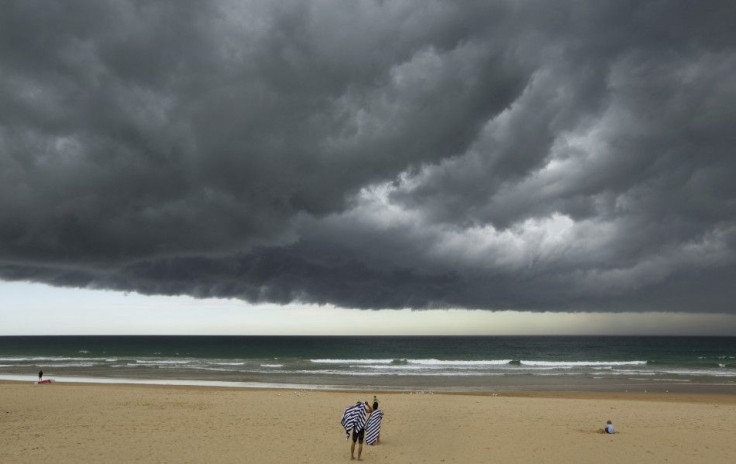El Niño Threatens Australia As Pacific Ocean Temperatures Rise

The Pacific Ocean may continue to bring El Niño-like weather in the coming months as indicators move towards thresholds for an event that might cause droughts in Asia and torrential rains in South America. Recent weather reports have noted an increase in sea-surface temperatures which have exceeded the thresholds for several weeks.
According to Australia's Bureau of Meteorology, the Southern Oscillation Index has remained negative in the past few months. Trade winds are weakening in the broader tropical belt of the equator. If this continues, the Bureau said the El Niño phenomenon might soon develop.
The weather phenomenon can damage agricultural markets since farmers will have to deal with either too much rain in South America and drought in Asia. Goldman Sachs said the El Niño phenomenon will put crops like cocoa, coffee, sugar and palm oil at risk. Weather forecasters and Australian scientists have indicated the possibility of an El Niño phenomenon earlier in the year.
The Australian weather bureau said the tropical Pacific Ocean is on track to borderline El Niño with rainfall patterns around the ocean's basin exhibiting the phenomenon's conditions. Scientists believe that if current weather conditions persist or intensify by next year, El Niño is considered to be weak for this year, Bloomberg reported.
On Dec. 10, Japan's meteorological agency noted the developing El Niño conditions but said the surface temperature of the Pacific Ocean was higher than the normal average in November. The Australian weather bureau maintained an alert with a 70 percent chance that the ocean will be influenced by the atmosphere in the coming months.
Previous reports have indicated that the last El Niño event happened between 2009 and 2010. Since then, the Pacific Ocean has switched from either a cooler state or neutral conditions. U.S. Climate Prediction Centre said it its monthly forecast that the chances of an El Niño phenomenon happening in the next six months are 65 percent.
In a The Guardian report, agricultural meteorologists have observed global weather patterns that suggest an El Niño pattern but they believe the conditions for this year were not good examples of the weather event.




















